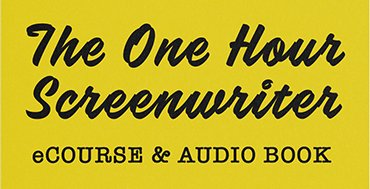The Traveling Writer – Jetlag


1. Bring a snack. This is my advice in every travel situation and specifically for a long international flight. The food may not to be your liking and the sooner you can fall asleep on the plane the better off you are. So why wait for meal service when it will probably be mediocre at best. I like fruit and nut bars (without corn syrup in the ingredients because it is so noxious). Or trail mix.
2. Select your seat carefully. I book a seat in the middle row (three or four seats across) on the aisle. The aisle seats go quickly and likelihood that the middle seats will be booked is fairly slim unless the plane is packed. Even then, if a couple is traveling together on a four seat across row they will sit together leaving the seat next to you open. Why is this important? You don’t want people waking you up or climbing across you when you are asleep. And you want easy access to the restroom yourself. It’s also great to have an extra tray for your stuff.
3. Limit yourself to water or juice on the plane. Alcohol and caffeine will do you no good in the avoiding jetlag department. Tea and coffee are a diarrhetic. You don’t want to wake because you are constantly running to the restroom. Alcohol won’t do you much good either so pass even if it is free.
4. Seek chemical assistance. Once you’ve had water and your snack it’s time to induce sleep. I have a prescription for a low dose of Valium (now available as a generic so it’s dirt cheap). Other people swear by Benedryl which causes drowsiness. I am not a Benedryl fan for this purpose because it also dries your sinuses. And Valium has a muscle relaxer which is useful if you are spending hours in a cramped space.
5. Bring an eye mask and neck pillow. Bring ear plugs too if you are sensitive to noise. I have a plush lavender scented eye mask and a travel pillow which is very comforting and soothing. Noise doesn’t tend to bother me so I forget the ear plugs. My husband likes noise canceling earphones.
6. The time is the time where you are. Never look at the time elsewhere or say well it’s really 2am for me. Just commit to the local time and leave it at that. Don’t have these time zone discussions with yourself or anyone else.
7. Spend time outdoors immediately. The sun will help reset your internal clock. Spend at least an hour outside– even if it is cold or overcast. This is a huge help in adjusting. Take a brisk walk or sit in an outdoor cafe.
8. Get to bed at a reasonable time. Don’t go to bed before 9pm or after 10pm (or 11pm at the latest). Between 9 and 10 is ideal. Take a lower dose of your chemical assistance even if you don’t think you need it. Eight hour of uninterrupted sleep is key to making the final transition. After the first night I don’t rely on any kind of sleep inducer. I also don’t drink while traveling and I try to be careful about what I eat.
I can truthfully say I never am bothered by jetlag. I might tire slightly more easily but I don’t have the spacey exhausted feeling. If you stick to this routine you won’t have problems either.
I just bought a Kindle and it is a fabulous boon to the traveling writer. There is always a ton of travel waiting in going anywhere. With a Kindle time flies with a wealth of guilty pleasure reading– which I can don’t much of when I am at home working. Most of the reading I do then is usually research related. My reward for patient waiting is fun reading material.



Create a visual map for a character’s emotional journey. Pull stories from character rather from rote story structure beats. Some of the largest international media companies, use this in story and character development.


A clear concise guide for writers and producers to have by their side as they embark on a project. It gives a really vital reminder of what is key for story success.

No comment yet, add your voice below!